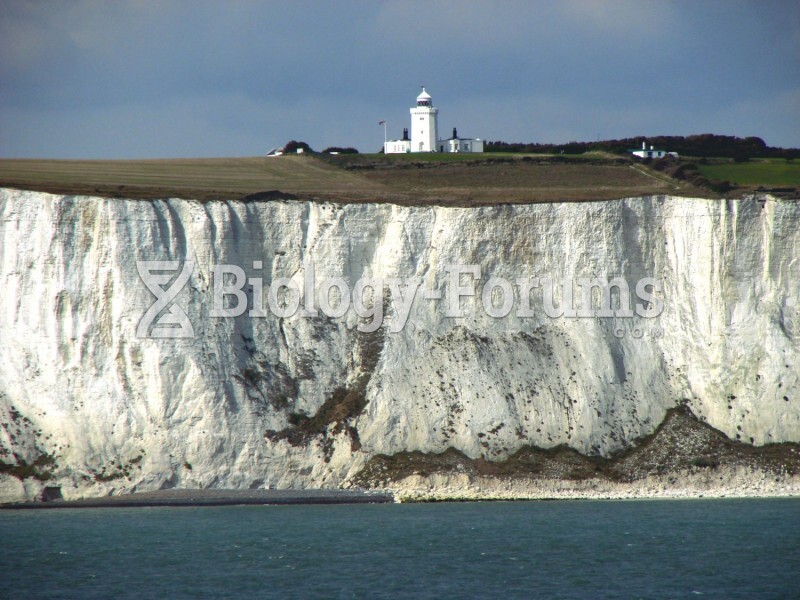Answer to Question 1
Seafloor spreading involves the creation of new crust and the destruction of old crust. Spreading centers occur where there is formation of new crust rising from the asthenosphere. The ocean floor is thinner in these areas. As the crust cools and moves away from the centers it becomes cool and more dense.
The discovery of subduction zones enhanced the credibility of the seafloor spreading and plate tectonics theories. Subduction zones are areas where crust plunges back down into the mantle.
Plate tectonics involves the movement of different lithospheric plates across the asthenosphere. These plates can be outlined by volcanic activities and mountain ranges. They move by two forces. When crust forms at the spreading centers it then slides off the raised ridges. The second force occurs when the crust is pulled downward into the mantle by the cool, dense leading edge.
Seafloor spreading and plate tectonics built upon Alfred Wegener's previous theory of continental drift by explaining the driving force of the movement of the continents.
Answer to Question 2
The first theory about the age of the Earth was based on the genealogy of the Bible's Old Testament. It was proposed by Bishop James Ussher. This theory estimated that the Earth was approximately 6,000 years old.
James Hutton thought the Earth was older than what the Bible dictated. He made observations about the erosion rates, sediment distribution, and patterns of rock formations. Hutton believed that all geological features and history could be explained by the same processes that were being observed in present times. This theory is called uniformitarianism.
Catastrophism tried to answer the questions that uniformitarianism brought up, but was unable to answer. For example, Hutton's theory did not explain why the Earth was not flat if there was erosion occurring all throughout Earth's history. They maintained that biblical catastrophes like the flood mislead the appearance of the Earth's age. Events like this caused animals to go extinct and shells to be transported to the tops of mountains.
Scientists from all three perspectives began trying to prove their own theory or disprove the others. This increased after Charles Darwin and Alfred Russell Wallace introduced natural selection, a process that would take long periods of time to explain the diversity of life on the planet. Technology improved and samples were taken during this period. Also, patterns were able to be identified in fossils.







